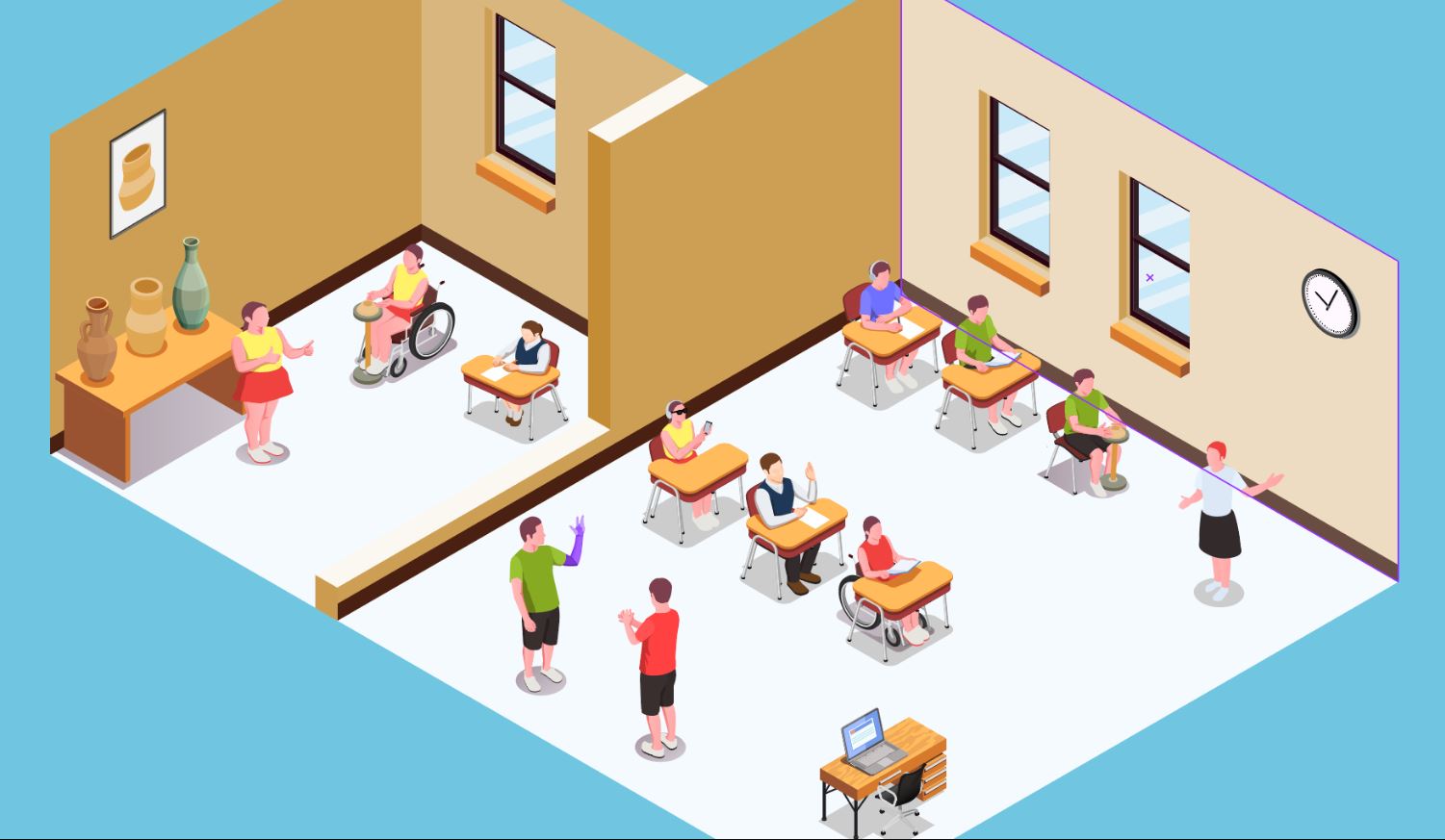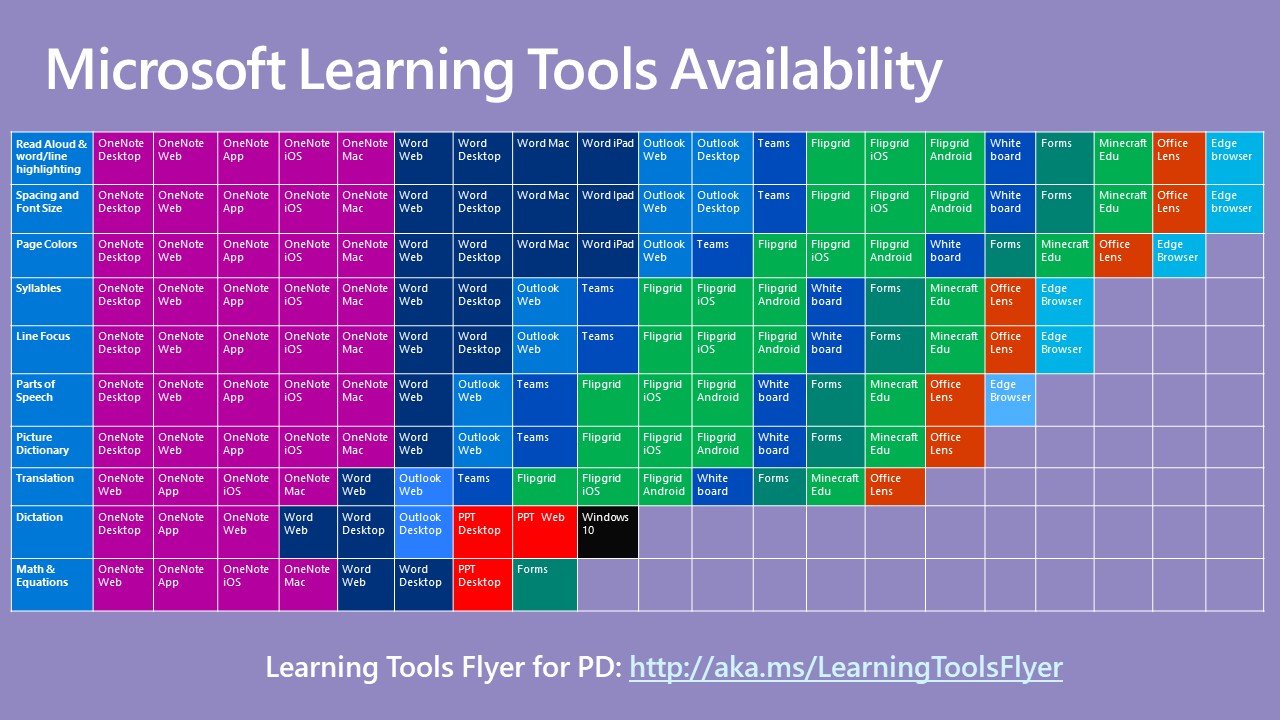By Michele McDanel (opens in new tab)

When he walked into the Hackathon tent in July of 2015, Mike Tholfsen had little expectation that the team he had joined would come away as the overall winner. To his surprise, the team’s efforts during that year’s event not only propelled Tholfsen in a new career direction but also helped launch a product that would change the way students learn and read, all around the world.
How it all began
Since its debut in 2014, the Microsoft Hackathon (opens in new tab) is an annual, multi-day global event at which all employees, not just coders or makers, bring their unique skill sets to a project that they feel drives innovation or solves a problem. This year’s all-virtual event will take place from July 27-29.
The Immersive Reader project (opens in new tab) was an idea brought forth by a team of a dozen employees, including engineers who had built a prototype for dyslexic mode in OneNote. This project focused on using the latest science and research around reading while using inclusive design principles to empower students with and without disabilities.
After the Immersive Reader team’s project won the Hackathon, beating over 3,000 other entrants, Mike became the PM of the Immersive Reader team, and slowly began building the product that helps students and teachers achieve and learn more equitably, through a variety of accessibility features and inclusive tools.
Today, more than 23 million people every month are using the tool for free, improving their reading and writing comprehension and even their ability to do math problems. It’s easy to find and use, too. Built into Microsoft Word, OneNote, Outlook, Office Lens, Microsoft Teams, Forms, Flipgrid, Minecraft Education Edition, and the Edge Browser, the reader implements proven techniques to improve reading and writing skills for people regardless of their age or ability. It’s also available as an Azure Cognitive Service (opens in new tab), and third-party applications or sites can integrate the reader into their systems.
“When I first showed the Immersive Reader in schools, the power of people’s reactions blew me away: I heard audible gasps and saw people in tears,” said Tholfsen. The Immersive Reader dramatically shifted people’s preconceived notions of what Microsoft was all about—most customers back then associated the company as the place that designs Windows and other tech software.
This project, however, showed the company is sincere about empowering every person and every organization on the planet to achieve more. “It’s also a far cry from the days when I would go into the schools to talk about accessibility and be told, ‘Go talk to Frank in the basement about screen readers,'” joked Tholfsen.
Enter the Inclusive Classroom
From the beginning, Microsoft’s Inclusive Classroom team has been dedicated to far more than screen readers. Across several products, there are tools for dictation and speech-to-text, as well as math tools. PowerPoint added the ability to create live captions (opens in new tab) in 2018, and Microsoft Translator (opens in new tab) provides the ability to translate real-time conversations, documents, and more.
“We want to reframe the effort as ‘Inclusive Classroom,’” commented Tholfsen. “We believe that through the power of inclusive learning, we will produce tools to help everyone.”
The team sorts its learning tools (opens in new tab) in four main categories: reading, writing, math, and communications. There is a strong emphasis on supporting teachers in finding new ways to provide services and connect with students, helping students unlock their full potential by addressing the diversity of needs, and providing resources for parents who want to support their child’s learning needs. The team manages a site pointing all of these groups to free resources provided by Microsoft (opens in new tab).
Another thing that’s strongly supported by the Inclusive Classroom team is independent learning. A series of guides (opens in new tab) provide the structure students need to practice skill and focus on areas where they need more help to become confident with a particular topic or skill.
“We build some features and tools, and beyond that, my role is to coordinate and coalesce what’s been done across Microsoft into a cohesive whole,” said Tholfsen.
To that end, Tholfsen and his team compiled a “periodic table” of learning tools that prove to be a useful resource for teachers.
What’s next?
Providing a personalized and engaging learning experience is always important, but particularly when learning is happening remotely. Moving forward, many students will need additional support in remote learning scenarios, and Microsoft is committed to helping schools, teachers, parents, and students get what they need.
As Tholfsen puts it, “We’re trying to help and we’re always improving and adding to the array of free resources,” he said. “It’s a giant wave and we’re not stopping.”
Do you use Immersive Readers in your classroom? If so, how have students started to learn, read, or write more independently? Tweet us your thoughts @MicrosoftRI (opens in new tab) or like us on Facebook (opens in new tab) and join the conversation.
Michele McDanel is a builder, an organizer, and a storyteller with a bachelor’s degree in Communications and an MBA. Michele is energized by solving problems and meeting business needs through communications and customer experience solutions that raise the bar. She enjoys building relationships and managing teams; and overall, just figuring out what the “special sauce” is that will be the competitive differentiator for a business and its solutions. Michele joined the Customer Insights Research team in 2019 to amplify the great UX research and data science work they do, and to showcase the thought leadership of the team across internal and external communications, events, and social media.


